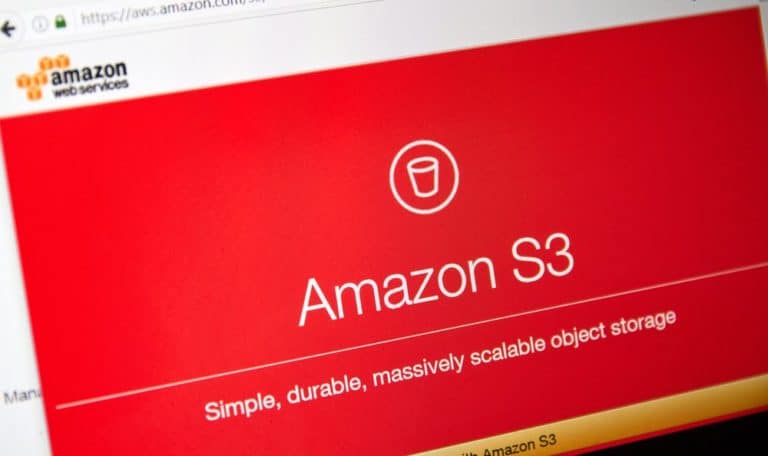UpGuard security researchers have found data related to a series of Fortune 100 companies on three misconfigured Amazon Web Services (AWS) S3 storage instances. The instances are owned by Attunity, a data integration and big data management company that was acquired by Qlik in February.
In total, at least one terabyte of data was leaked, Silicon Angle knows. These include a large collection of internal, business documents, e-mail correspondence, system passwords, sales and marketing contact information, and project specifications.
It also included documents from customers of Attunity, including Ford, Netflix and Toronto-Dominion Bank. The researchers did not examine all the files they downloaded. According to the researchers, this is not feasible and not necessary for their purpose of raising public awareness of the risks of data breaches.
Fast action
The cases of Attunity include replicating and migrating data to data lakes for centralized analytics, according to the researchers. The risks for Attunity caused by the leaked credentials, information and communication are also risks for the security of the data they process.
Qlik has confirmed the data leak and states that the staff has reacted quickly to ensure that the data is secure. The company did not say how the data leak originated. However, Qlik says that it has contacted security companies to carry out independent security evaluations.
We take this problem very seriously and are determined to complete this investigation as soon as possible, according to a spokesman. It does not look as if the data has also fallen into the hands of rogue actors. The spokesman states that it now seems that the only external access to the data was by the security company that informed us. So that company was UpGuard.
This news article was automatically translated from Dutch to give Techzine.eu a head start. All news articles after September 1, 2019 are written in native English and NOT translated. All our background stories are written in native English as well. For more information read our launch article.